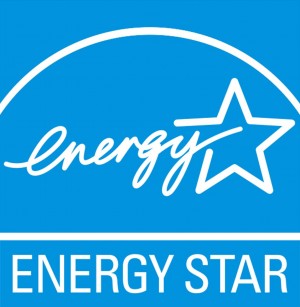Texas cities make top 25 in EPA’s cities with most energy star buildings
EPA tallies number of Energy Star certified buildings within each metropolitan area, including surrounding towns and suburbs
Three Texas cities – Dallas-Fort Worth, Houston, Austin – are included in the 2016 list of top metropolitan areas with the most Energy Star certified building, says the Environmental Protection Agency.
Dallas-Fort Worth came in at number seven with 249 buildings, Houston at number eight with 231 buildings and Austin tied for 25th with 55 buildings.
“Every year, more cities are turning to energy efficiency not only to protect the environment, but also to strengthen their local economies,” said EPA Administrator Gina McCarthy.
The Top Cities list serves to illustrate how cities across America are embracing energy efficiency as a proven path to financial savings and a healthier environment.
“The cities on this list are demonstrating that energy efficiency is a cost-effective way to improve public health in their communities and build a brighter future for their youngest residents,” said McCarthy.
“Three of the largest, most vibrant cities in Texas have benefitted from making energy efficiency a priority,” said Regional Administrator Ron Curry. “Congratulations to Dallas-Fort Worth, Houston, and Austin for your success in saving energy, fighting climate change and improving our environment.”
 Commercial buildings contribute roughly 16 per cent of U.S. greenhouse gas emissions and cost American organizations and cities more than $100 billion per year in energy bills.
Commercial buildings contribute roughly 16 per cent of U.S. greenhouse gas emissions and cost American organizations and cities more than $100 billion per year in energy bills.
Since 1999, more than 27,000 buildings across America have earned EPA’s Energy Star certification, which signifies proven superior energy performance. On average, these certified buildings use 35 per cent less energy and are responsible for 35 per cent fewer carbon dioxide emissions than typical buildings.
These buildings have saved more than $3.8 billion on utility bills and prevented greenhouse gas emissions equal to the emissions from the annual electricity use of more than 2.6 million homes.
To be eligible for Energy Star certification, a building must be independently verified to perform better than at least 75 per cent of similar buildings nationwide. Office buildings, schools, retail stores, supermarkets, hotels, and many other common building types are eligible to earn the Energy Star
In addition to certifying top-performing buildings, Energy Star offers valuable tools and resources to help building owners and managers measure and improve energy performance in virtually any type of building.
Financial savings can often be captured through low- and no- cost improvements, and larger upgrades often pay for themselves within a few years.
To create the annual list, EPA tallies the number of Energy Star certified buildings within each metropolitan area, as defined by the U.S. Census Bureau. These areas include the city itself as well as surrounding towns and suburbs.
Energy Star is the simple choice for energy efficiency. For more than 20 years, people across America have looked to EPA’s Energy Star program for guidance on how to save energy, save money, and protect the environment.
Behind each blue label is a product, building, or home that is independently certified to use less energy and cause fewer of the emissions that contribute to climate change.
Today, Energy Star is the most widely recognized symbol for energy efficiency in the world, helping families and businesses save $362 billion on utility bills, while reducing greenhouse gas emissions by 2.4 billion metric tons since 1992.







